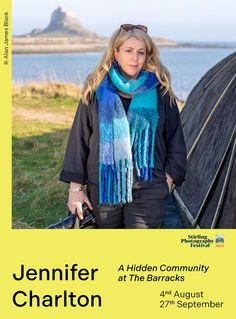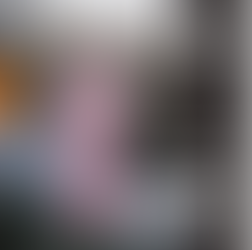Print vs Pixels - The Photographer
- Ronnie Baxter
- Apr 25, 2024
- 3 min read
"Following a dialogue with BIPP members within the Facebook Community Group regarding the requirements for printing for BIPP qualifications and competitions, it seemed an opportune moment to delve deeper into the topic and examine the significance of print within the contemporary photography industry". - The Photographer Magazine.

As one of the contributors to the original Facebook Community Group discussion I was asked to contribute to the magazine article (published 2024). Many thanks to Joel Hansen (editor) for including my thoughts on the topic from the viewpoint of photographic education. Below is my original contribution which became part of the feature.
Many people I encounter cannot comprehend the time it takes to learn photography, to become someone who can visually communicate with images. These people are your audience, your clients or maybe your closest friends.
Photography is an art, a craft, a science, and definitely a skill. A skill which requires more than a glance, it requires deeper ‘looking’. And so on to the debate of how photography is disseminated and viewed. I teach adults whose age ranges from 19 - 60+, I teach how to communicate, generate ideas, how to light, technical and aesthetical things. I also teach how to make prints.

A print differs from an image viewed on a monitor; light is reflected from the surface rather than a backlit transmitted screen. Screen calibration can account for some of this difference but not all. Monitors have variable inconsistencies and specifications, not just colour casts alone but bit depth, contrast ratio, colour space (sRGB, Adobe 98, P3), HDR, LCD, LED, 2K, 4K or 5K resolution. I’m typing on a 220ppi monitor. The price varies too from circa £800 to thousands. Beyond the colour accuracy there is also aesthetics in photography to consider, colour neutral is not the only answer. Making prints is part of the craft whether from film or digital cameras. The print is the photographers final decision, they have approved the image, that it is ready for others to view or judge.
There is much to learn about making a series of prints, the selection, the edit, and sequencing for a start. There’s the choice of paper, matt, gloss, watercolour, baryta, metallic, c-type or giclee; profiles differ for all. The paper base is a factor too, some have more optical brightening agents (OBA’s), this affects the colour tone especially in highlights. Soft proofing through Photoshop is a start. Viewing gamut warnings through a simulated print profile is a simulation on the monitor screen, useful but still backlit. Are your colours in gamut?

Photo left, Ritchie Elder at the Exposed 23 Graduate Exhibition (c) Salvatore Gitto
The process of making prints has never been so cost effective and easy to source. Learning about it just takes a little time. If you find a good print company and have an idea of what you require it’s easy. But most of all there is the time to spend viewing the print, the time to contemplate the odd artifact, imbalance or banding that was overlooked. It can be an income stream too, learning about limited editions, open editions, framing, acrylics or dibonds. Find a local space, have a gallery opening and invite people. It’s worth thinking about as a marketing tool.
Whether you are an advertising, fashion, press, portrait, landscape, corporate or social photographer, the print is the final act of presentation. Ask yourself why many prestigious associations/organisations have print awards regardless of the genre of entries. Photography has to remain more than pixels on a screen, that’s the easy way out. And let’s face it who comes to a website opening? It’s more about the gathered experience.

Jon Lee ABIPP, course leader for BA (Hons) Professional Photography - Edinburgh College.
























Comments